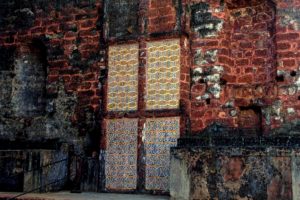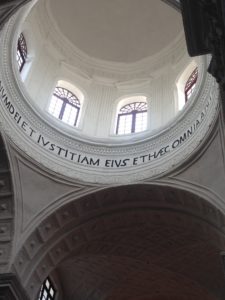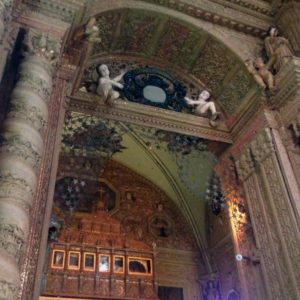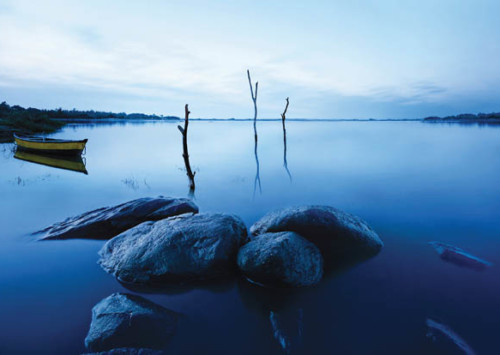Velha Goa: The treasure trove worth exploring
Goa, perhaps the most popular destination for international travellers headed to the south of India, showcases its rich heritage even today, especially in and around the capital city Panaji, once and still widely known by its Portuguese name, Panjim.
Goa offers a vibrant adventure for anyone headed there. With rich diversity within one of the smallest Indian states in terms of area, Goa prides itself as a great choice for party-lovers, adventure enthusiasts, yoga practitioners and nature seekers. As the beaches in the north of the state host lively all night fests, the relaxed south offers solace and tranquillity amidst the calm backwaters of the Arabian Sea. In between is Panaji, the laid-back state capital that displays the most visible links of the state’s Portuguese past.
Even though most of what is today known as India was colonised under the British, Goa was a world of its own and saw a Portuguese rule for around 400 years, formally becoming a part of India only in the 1960s. Goa, with its distinctly unique culture, is home to aesthetic churches and cathedrals from the 17th century, majority of which are located in Velha or Old Goa. The area, the capital of the state under the early days of the Portuguese, lies 10 km from the current capital by the Mandovi River that outlines it, and is home to the UNESCO World Heritage site of the churches and convents of Goa.
A day or two spent by the river in Velha Goa, also known as Old Goa, with an exploration the old Latin Quarter in the laid-back Panaji is an immersive experience in history, heritage and beauty. Start the day at the Panaji bus depot among bustling crowds who make their daily travels alongside the curious travellers from India and abroad. Buses get crowded soon, with fisherwomen and local traders as well as school children. Women in colourful sarees, with flowers in their hair, speaking in the native Konkani language, are worth beholding. Taxis are available too, but a bus ride comes highly recommended for a flavour of the local experience. With a large number of information kiosks and English speaking locals who extend help to visitors, local transportation becomes easy to avail. Starting out early in the day is a good idea, as the sites of Old Goa are frequented in large numbers as the day progresses and the bright sun over the state turns scorching at noon, depending on the season of visit.
Old school charm
The main square of old Goa is the area around which one can find a large number of impressive churches and structures from the Portuguese times.
The Basilica of Bom Jesus is arguably the most impressive and popular site in Old Goa. Considered to be among the best displays of the Baroque style of architecture, this church is also home to an art gallery and a mausoleum containing the mortal remains of Saint Francis Xavier. Walking around the UNESCO Heritage site area, one may land up at the Se Cathedral, which is another spectacular example of Portuguese art and sculpture. The church of Saint Francis of Assisi, which now adjoins a museum by the Archaeological Survey of India, is another great visit. Atop the hill, the ruins of the church of Saint Augustine, also known as the Saint Augustine Tower, makes for an enriching visit. Remains of azulejo, Portuguese styled ceramic tilework, are on display in bits and the bell from the tower has been removed and placed elsewhere twice.
A walk down the hill and back to the main square from which a short stroll towards the river leads one to the calm and tranquil church of Saint Cajetan, which is said to have taken inspiration from the original design of the famed Saint Peter’s Basilica in the Vatican City. Built in a great example of Corinthian style, with Baroque style altars on the inside, the church owes its existence to Italian friars. Stepping out of this church and heading towards the river brings one to the place where the Portuguese marked their beginnings – The Viceroy’s arch.
The grand gateway was put in place by Vasco Da Gama’s grandson, and is close to the river jetty, which can bring a relaxing ride after the intensive historical exploration. The vibrant and rich history of this little state comes alive in Old Goa, and is a destination well worth a visit.















